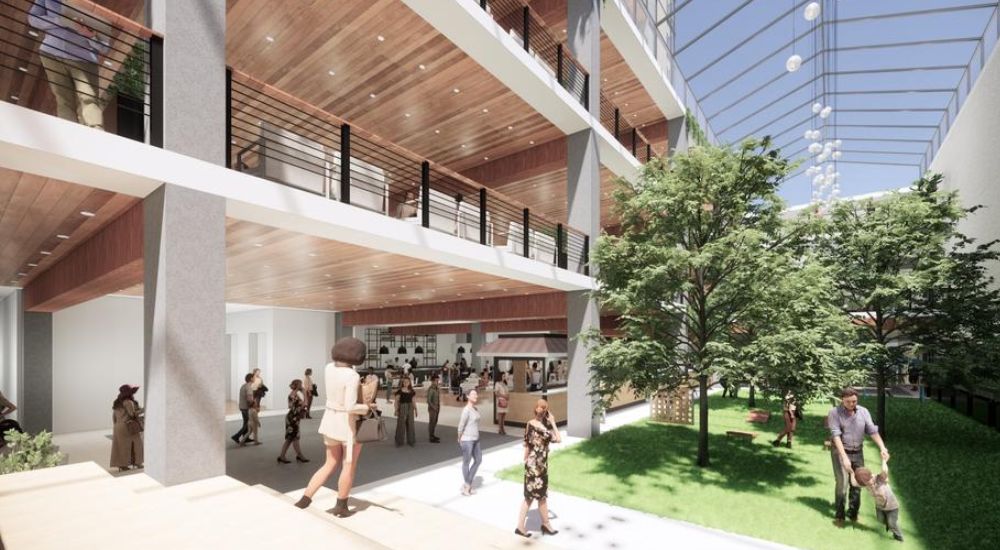CRTKL reveals potential impact of Universal Buildings on future of sustainable cities

CRTKL, released its latest findings on the use of Universal Buildings and their potential positive impact on enhancing sustainability and efficiency of communities, towns and cities. Universal Buildings, also known as regenerative buildings, are hybridised, adaptive structures that can transition between residential, workplace, hospitality and senior living. They have common building systems and arrangements positioned to meet changing demands.
Universal Buildings enable designers and architects to rethink the concept of the center core office building, from the floor plates, MEP and columns to technology, the podium and parking structure. These types of buildings deliver some of the most resilient, cost-effective and sustainable solutions. They provide uniquely flexible platforms to adapt program uses based on changing market needs and demands.
Universal Buildings can have a positive impact on driving greater sustainability. Building reuse almost always yields lower environmental impact than new construction when comparing buildings of similar size and functionality. The range of environmental savings from building reuse varies widely, based on building type, location and levels of energy efficiency. Savings from reuse are between 4 and 46 percent over new construction when comparing buildings with the same energy performance level.
Obada Adra, Associate Principal at CRTKL commented, “From the column grid to carefully considered floor to floor heights, the Universal Building can shift between residential, office and social spaces easily. In the Middle East there is a clear direction towards greater sustainability of buildings, as well as efficiency and reduction of carbon emission as countries work towards Net Zero. Our latest research on the Universal Building concept shows that there is significant opportunity for greater savings through the use of these types of structures. They can increase resilience, drive sustainability and strengthen communities.”
There are several building components that affect carbon emissions; two of the most important are embodied emissions and operation emissions. Most of the embodied carbon is in the structure followed by the envelope. It is possible to keep an existing structure and update the envelope so that operational carbon is reduced by an increased envelope performance.
Embodied emissions in buildings, which are mostly in the envelope and the structure can account to a large portion of emissions. In a Universal Building, these emissions stay in the structure, as new emissions are not generated to create new buildings.
Sustainability is at the heart of CRTKL’s strategy, having been carbon neutral since 2020, as well as pledging to have all projects climate positive for operation by 2030 and extending to climate positive materials by 2040.
Potential benefits of Universal Buildings include the ability to repurpose car parks in to co-working areas, urban marketplaces, e-commerce support centers, fitness centers and retail areas. In high-density urban cities, parking garages often sit on valuable land that could generate a much greater return on investment if redeveloped to meet changing program needs. Ground-level parking spaces can be converted into shopping fronts and mid-level parking floors can transition into office, residential or hotel spaces. Parking structures can be reconfigured to include parks and green spaces to encourage wellness of communities.





